This Aston Martin DB4 Series 5 Coupe is one of six of its series and type built with a super-performance GT twin-plug engine. A fuller appreciation of this spectacularly rare automobile's scarcity, desirability and performance capabilities may be gained through the following review of its attributes. Ranking among the most prominent and storied British builders of sports cars, Aston Martin traces its roots to 1913, when Lionel Martin and Robert Bamford, partners at the time in a Singer car dealership, built a hill-climb special. Martin's strong showing with the car at the Aston hill climb spurred the duo's decision to build a marketable car. The nameplate chosen leveraged both Martin's fledgling celebrity as a racing drive and the prominence of the Aston event. A prototype Aston Martin was completed in 1915, but WWI intervened and it was set aside. By 1922, Martin, now proceeding without Bamford, was building race-winning and record-setting Aston Martins, cars that would early on firmly establish the marque's status in British motorsports. After Lionel Martin departed his floundering concern in 1926, new owners tried with limited success to sell rather conventional passenger cars. Fortunately, they also continued to develop and market sports cars. Subsequent offerings such as the Le Mans sport car and Ulster racing model endeared Aston Martin to an interwar generation of young English enthusiasts—although of course few actually obtained one of these always very exclusive cars. Fewer than 700 Aston Martin cars of any type were built before the onset of World War II brought production to a halt. In 1947, Sir David Brown brought both Aston Martin and Lagonda into his newly expanding manufacturing combine. The first Aston Martin to emerge from the new group was a prototype sport roadster dubbed the Atom. The well-received concept led to the Aston Martin 2-Liter Sports (retroactively known as the DB1) introduced in 1948, of which only 15 were built. The DB2—"DB" of course signifying David Brown—followed in 1950 and went on to win major victories at LeMans that same year. The stylish sports coupe was powered by a W.O. Bentley-designed DOHC 6-cylinder Lagonda engine. The DB2 was the first Aston-Martin to achieve international acclaim and its success led to the DB2/4 of 1953-1957, with an interim Mk II version introduced in 1955. The DB3 Mk. III (or simply, "Mk III") was introduced for 1958 and its performance marked the zenith of the venerable Bentley Lagonda engine, with ratings of 162 to 195bhp available. Although unmistakably an Aston Martin, the DB4 revealed in late 1958 was an all-new car. Engine designer Tadek Marekt started with a clean slate when he created its twin-carbureted DOHC inline six, which pumped out 240hp. The DB4 body was evolutionary and revolutionary at the same time. Carrozzeria Touring of Milan had designed the body, which utilized their patented “superleggera” lightweight tube-frame structure. DB4 bodies were produced at the company's newly opened Newport Pagnell works in Buckinghamshire. The DB4 was produced in five sequential series, loosely correlating with annual model change cycles. Visible changes were minimal for Series 2 through 4—window frames were added to the Series 2 body and Series 4 introduced a bar-type grille in place of the prior eggcrate design. Introduced in September 1962, the DB4 Series 5 was transitional to the evolutionary DB5 that followed in late 1963. The Series 5 body was longer and taller than those of earlier DB4s (a reduced wheel diameter left overall height unchanged, though) and its wheelbase was extended by 3.5 inches. The new design provided more interior room. Most Series 5 cars featured Vantage/GT-style sloping front fenders with covered headlamps; the appearance would also be standard on the DB5 to come. Aston Martin produced 185 Series 5 DB4 cars, 40 of which were convertibles. Six non-GT Series 5 coupes were built with the GT Twin-Plug engine and, as earlier noted this c
This Aston Martin DB4 Series 5 Coupe is one of six of its series and type built with a super-performance GT twin-plug engine. A fuller appreciation of this spectacularly rare automobile's scarcity, desirability and performance capabilities may be gained through the following review of its attributes. Ranking among the most prominent and storied British builders of sports cars, Aston Martin traces its roots to 1913, when Lionel Martin and Robert Bamford, partners at the time in a Singer car dealership, built a hill-climb special. Martin's strong showing with the car at the Aston hill climb spurred the duo's decision to build a marketable car. The nameplate chosen leveraged both Martin's fledgling celebrity as a racing drive and the prominence of the Aston event. A prototype Aston Martin was completed in 1915, but WWI intervened and it was set aside. By 1922, Martin, now proceeding without Bamford, was building race-winning and record-setting Aston Martins, cars that would early on firmly establish the marque's status in British motorsports. After Lionel Martin departed his floundering concern in 1926, new owners tried with limited success to sell rather conventional passenger cars. Fortunately, they also continued to develop and market sports cars. Subsequent offerings such as the Le Mans sport car and Ulster racing model endeared Aston Martin to an interwar generation of young English enthusiasts—although of course few actually obtained one of these always very exclusive cars. Fewer than 700 Aston Martin cars of any type were built before the onset of World War II brought production to a halt. In 1947, Sir David Brown brought both Aston Martin and Lagonda into his newly expanding manufacturing combine. The first Aston Martin to emerge from the new group was a prototype sport roadster dubbed the Atom. The well-received concept led to the Aston Martin 2-Liter Sports (retroactively known as the DB1) introduced in 1948, of which only 15 were built. The DB2—"DB" of course signifying David Brown—followed in 1950 and went on to win major victories at LeMans that same year. The stylish sports coupe was powered by a W.O. Bentley-designed DOHC 6-cylinder Lagonda engine. The DB2 was the first Aston-Martin to achieve international acclaim and its success led to the DB2/4 of 1953-1957, with an interim Mk II version introduced in 1955. The DB3 Mk. III (or simply, "Mk III") was introduced for 1958 and its performance marked the zenith of the venerable Bentley Lagonda engine, with ratings of 162 to 195bhp available. Although unmistakably an Aston Martin, the DB4 revealed in late 1958 was an all-new car. Engine designer Tadek Marekt started with a clean slate when he created its twin-carbureted DOHC inline six, which pumped out 240hp. The DB4 body was evolutionary and revolutionary at the same time. Carrozzeria Touring of Milan had designed the body, which utilized their patented “superleggera” lightweight tube-frame structure. DB4 bodies were produced at the company's newly opened Newport Pagnell works in Buckinghamshire. The DB4 was produced in five sequential series, loosely correlating with annual model change cycles. Visible changes were minimal for Series 2 through 4—window frames were added to the Series 2 body and Series 4 introduced a bar-type grille in place of the prior eggcrate design. Introduced in September 1962, the DB4 Series 5 was transitional to the evolutionary DB5 that followed in late 1963. The Series 5 body was longer and taller than those of earlier DB4s (a reduced wheel diameter left overall height unchanged, though) and its wheelbase was extended by 3.5 inches. The new design provided more interior room. Most Series 5 cars featured Vantage/GT-style sloping front fenders with covered headlamps; the appearance would also be standard on the DB5 to come. Aston Martin produced 185 Series 5 DB4 cars, 40 of which were convertibles. Six non-GT Series 5 coupes were built with the GT Twin-Plug engine and, as earlier noted this c




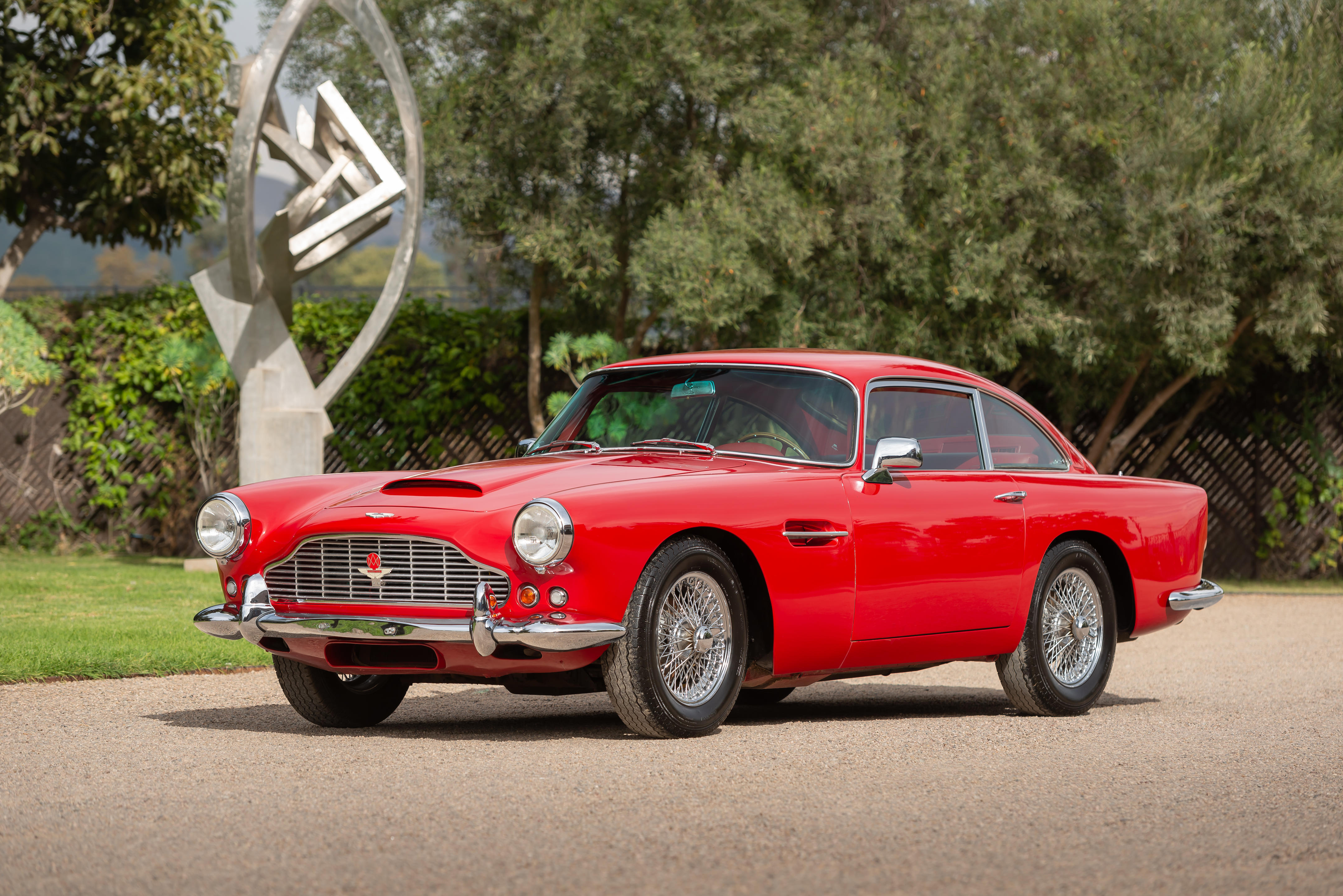
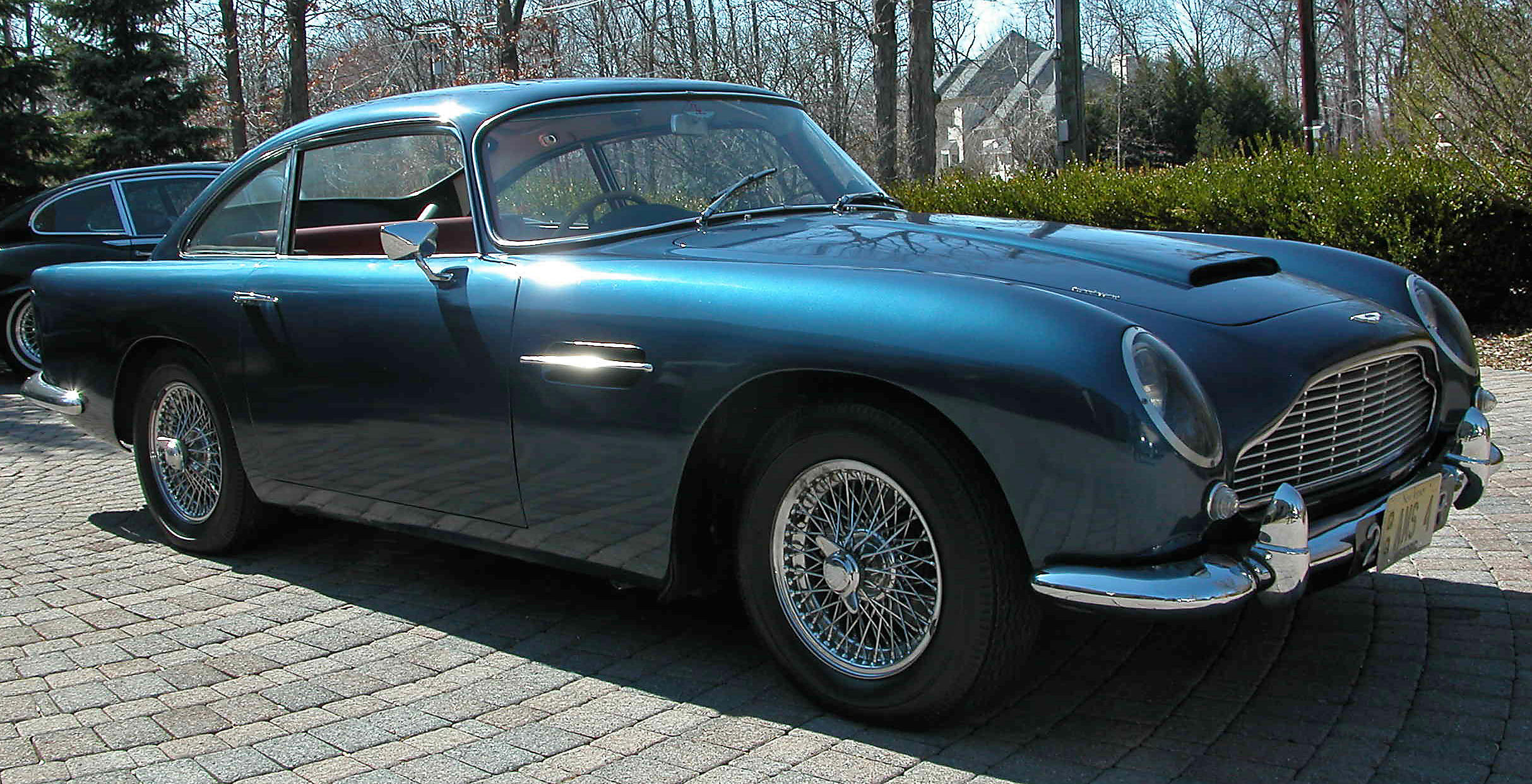
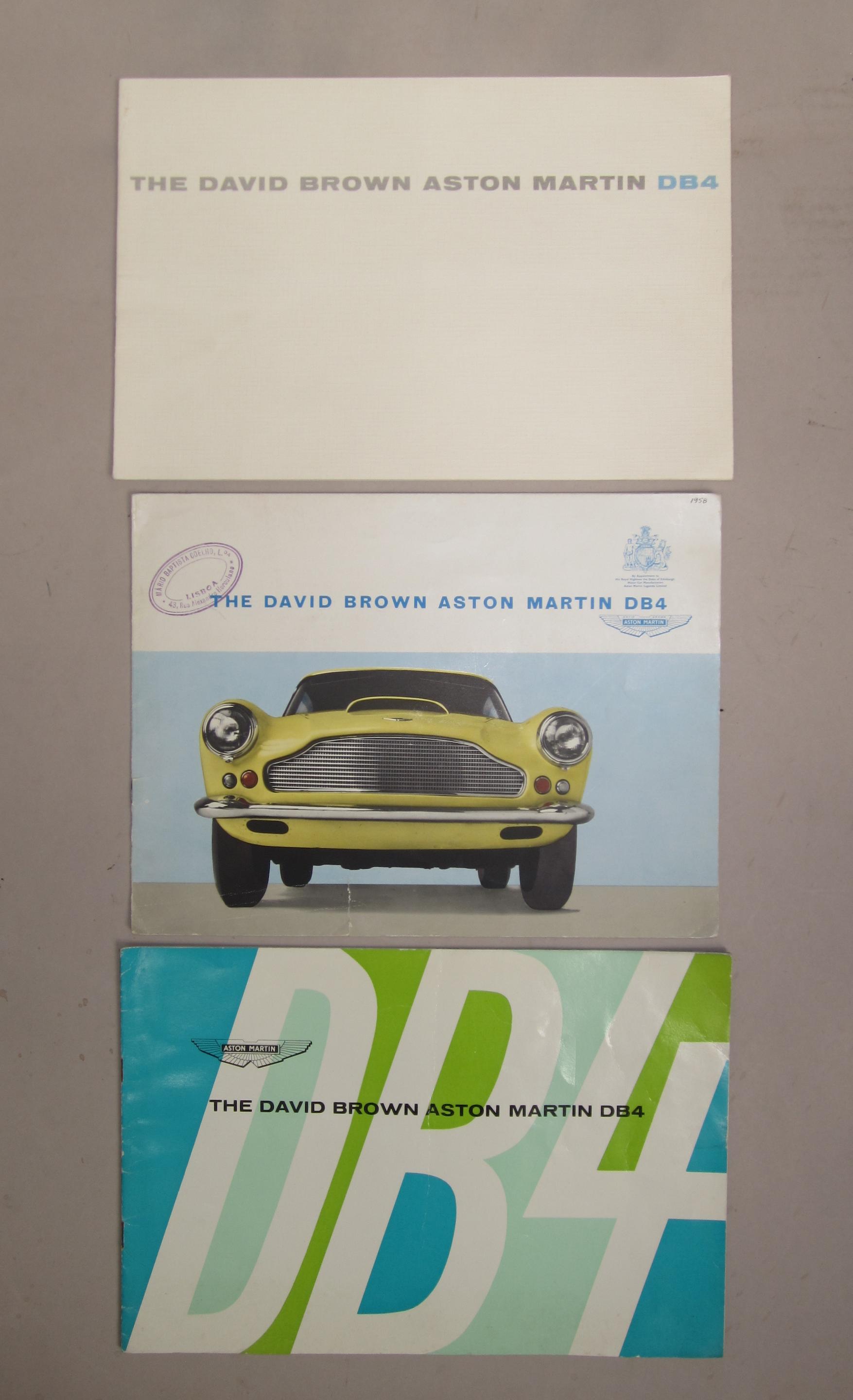
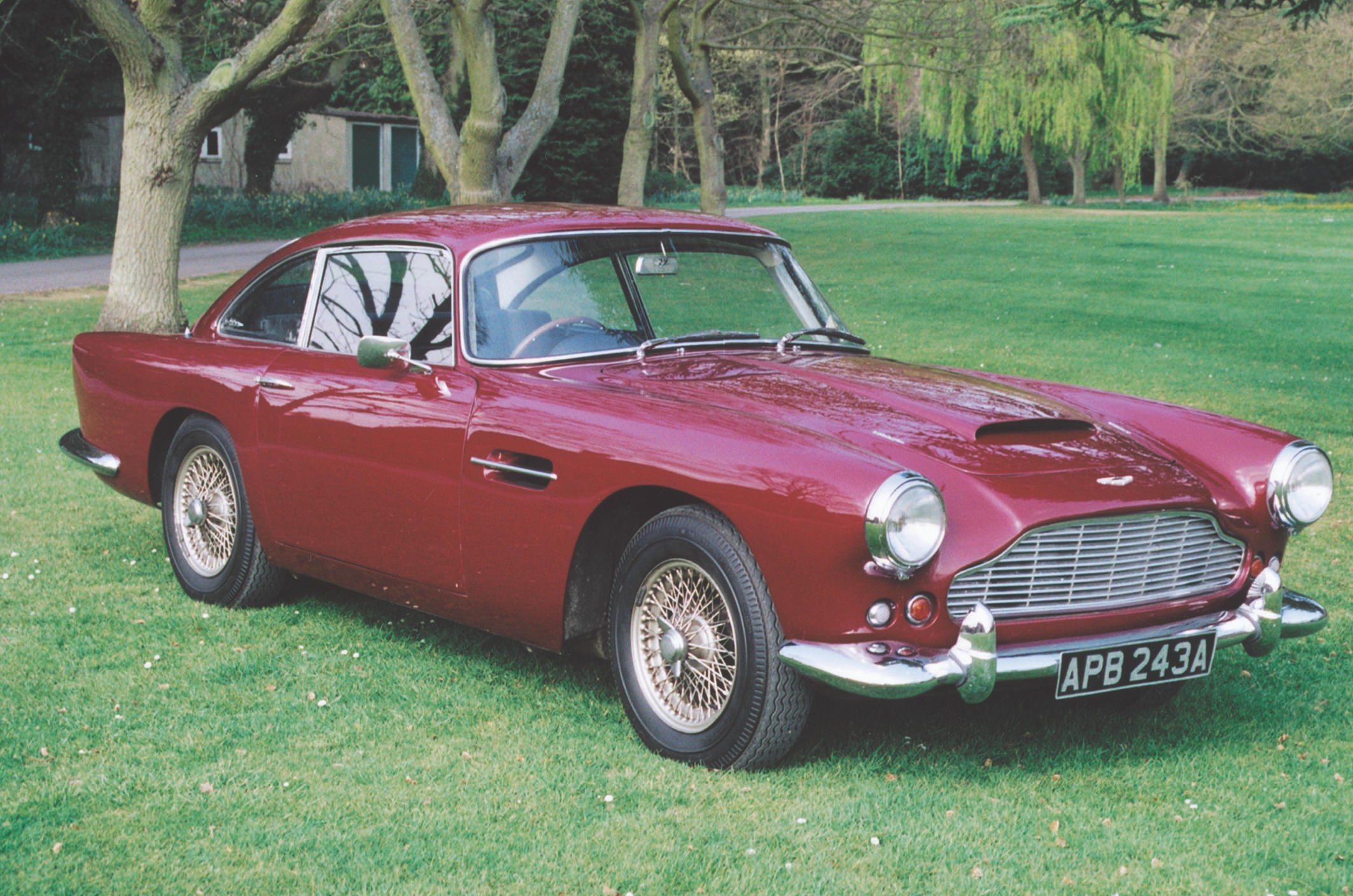
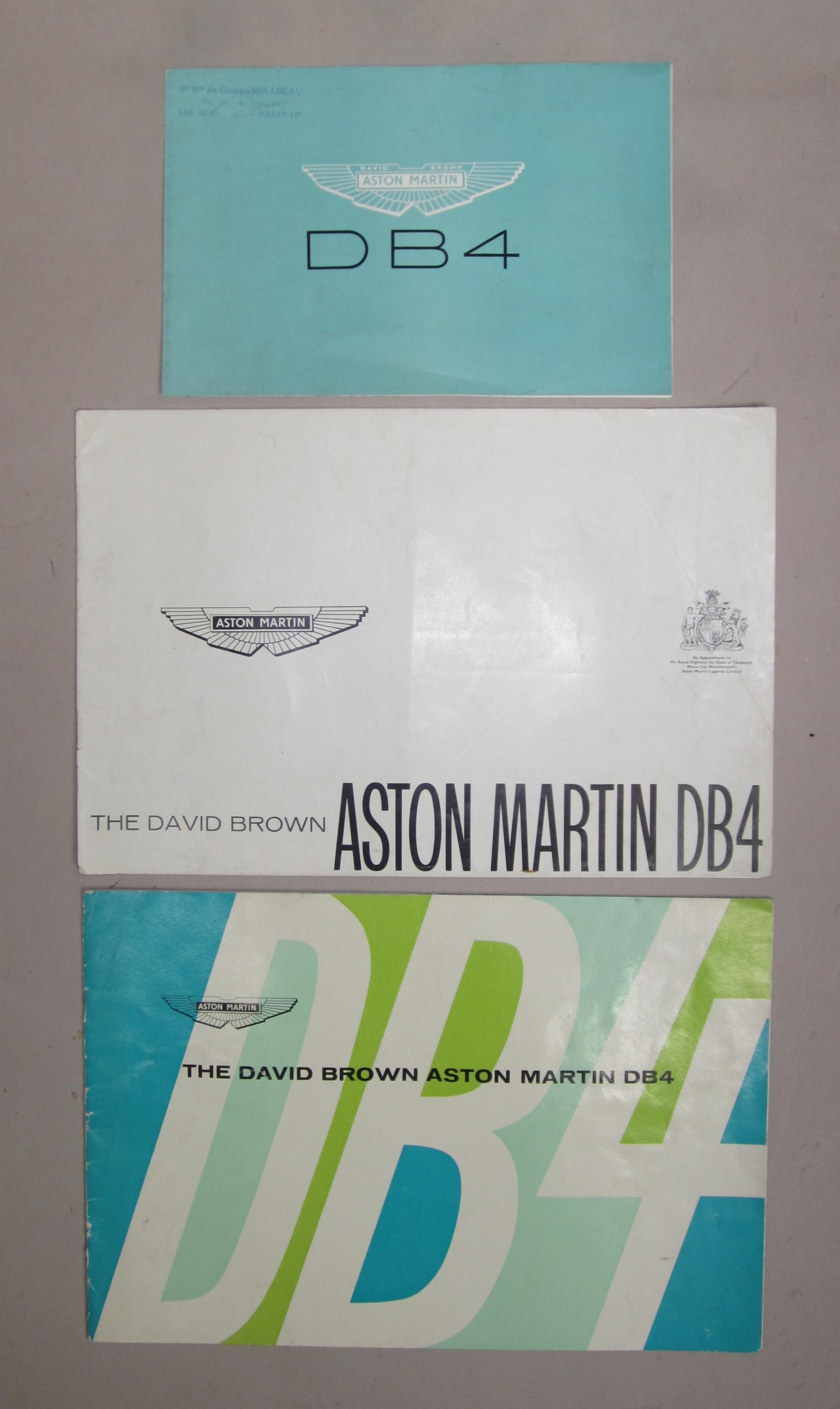

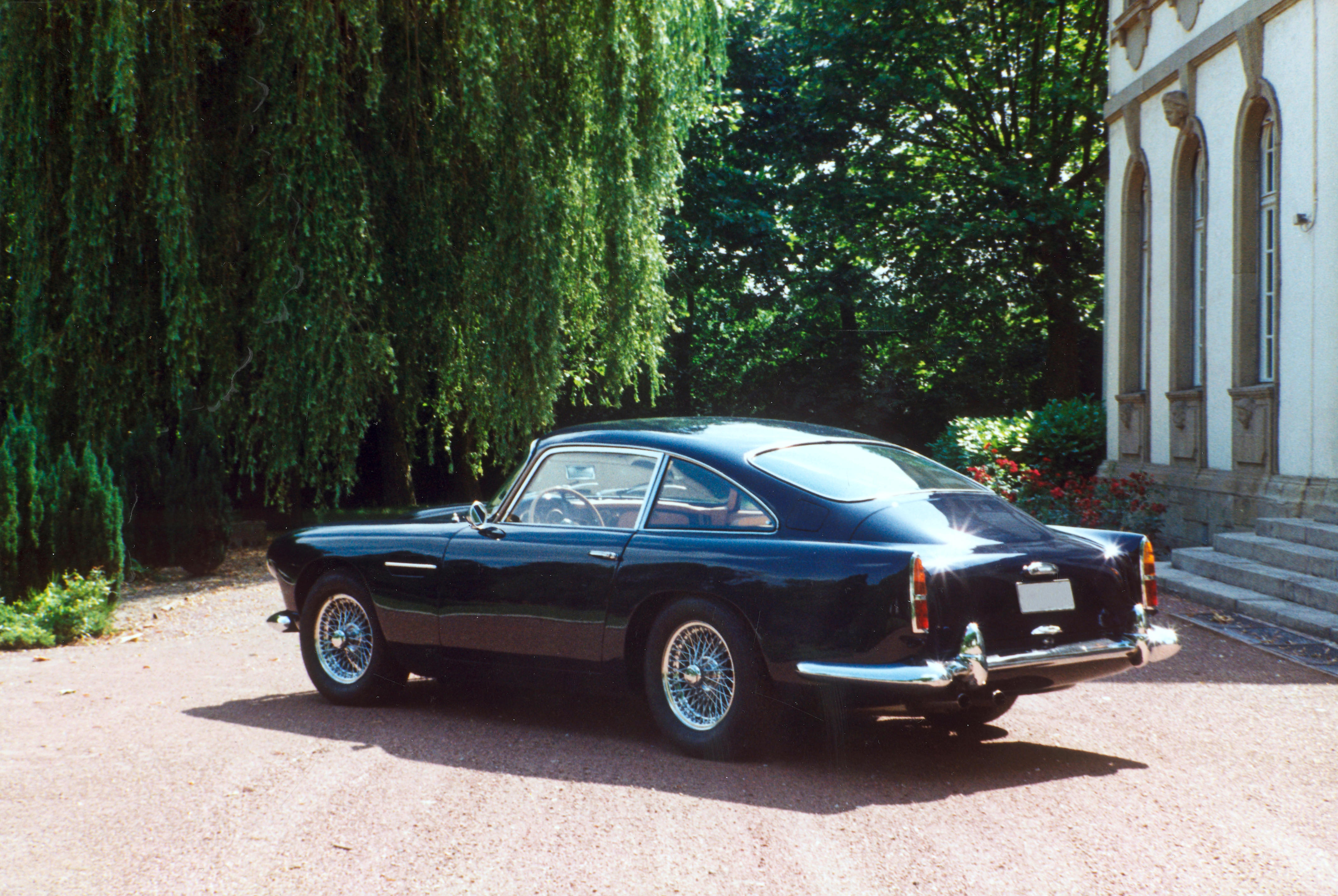
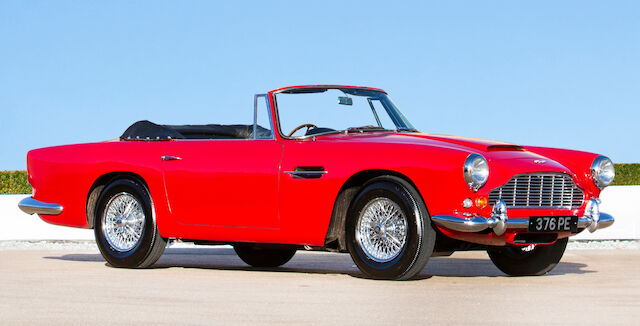

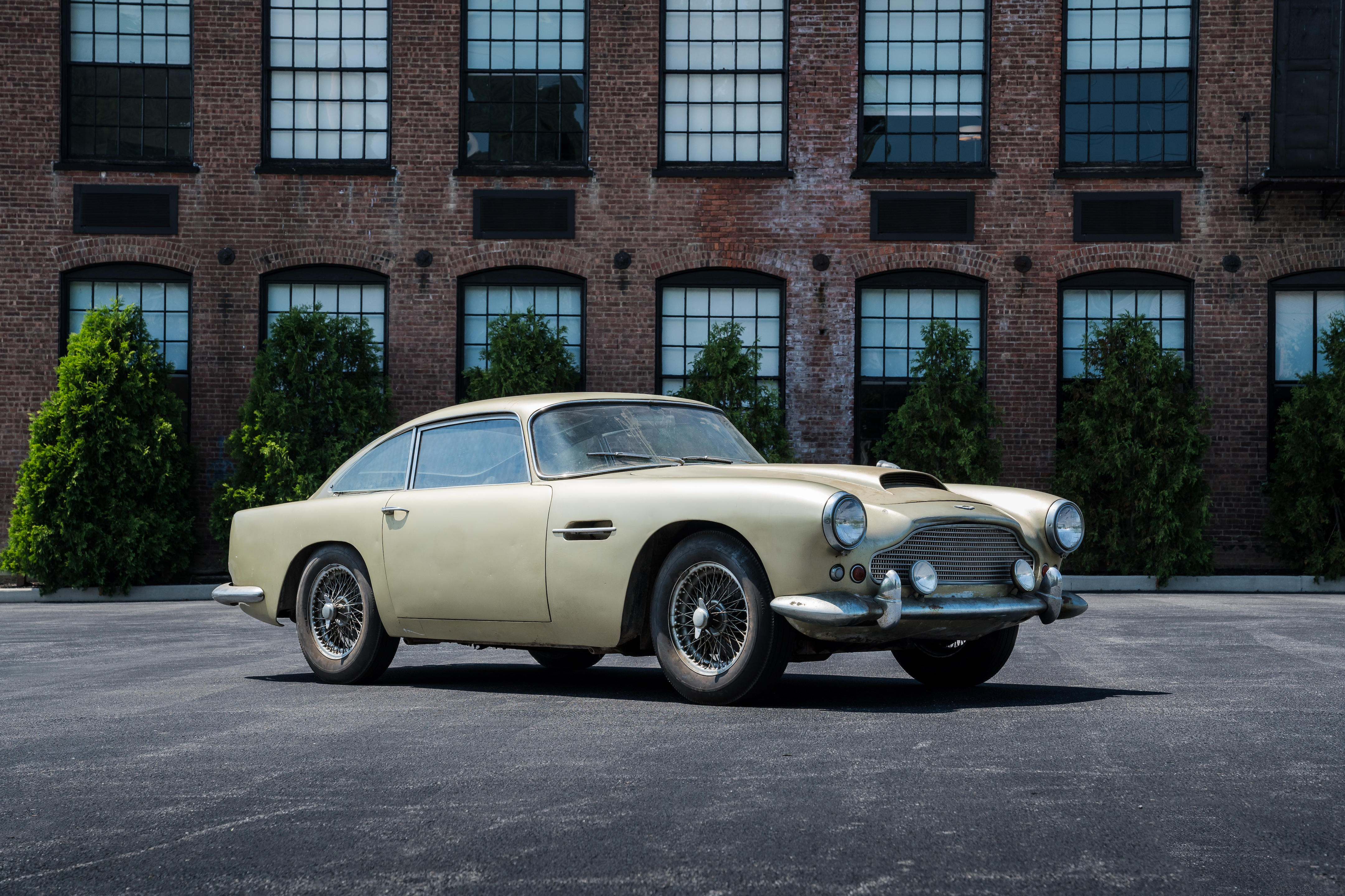
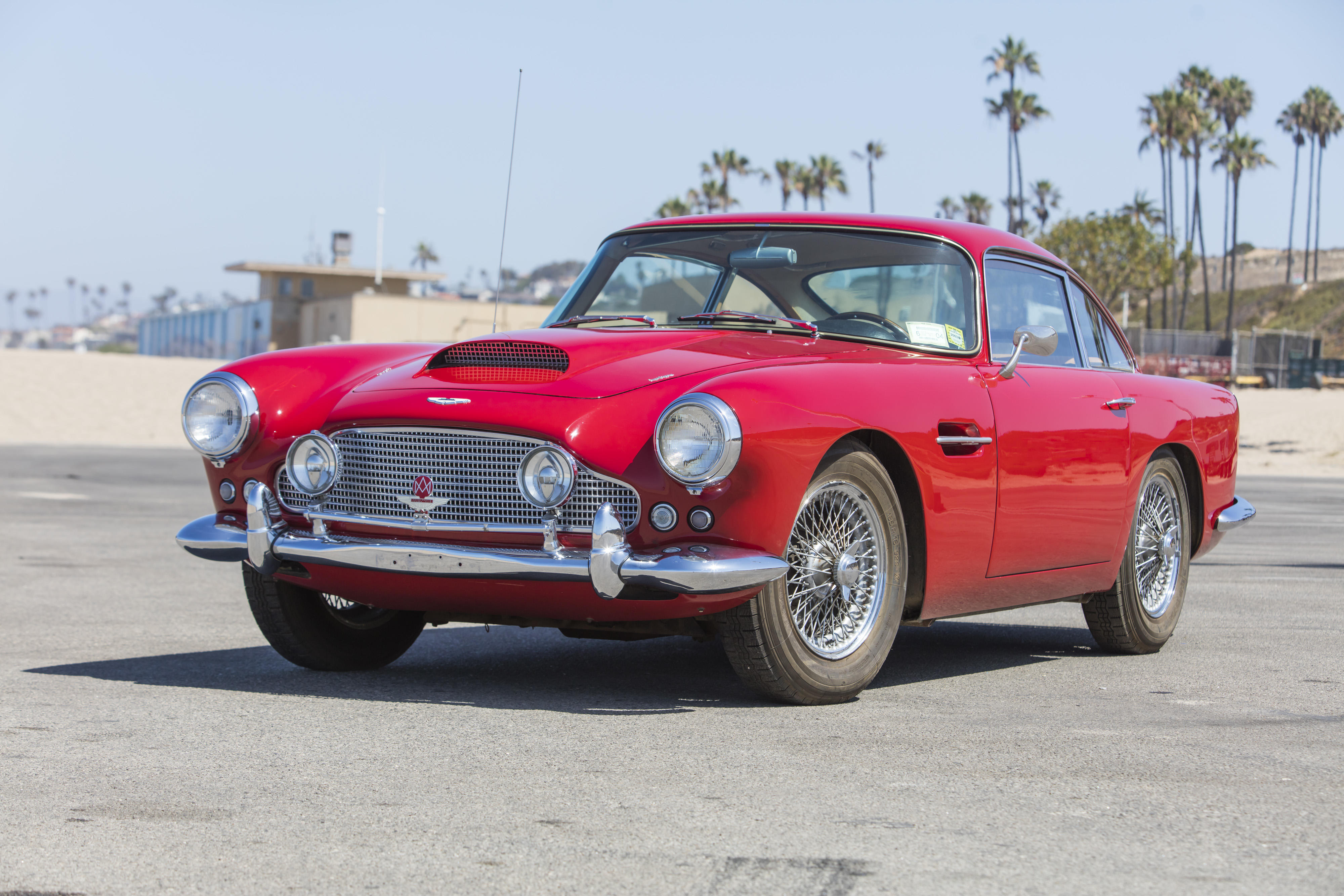
Try LotSearch and its premium features for 7 days - without any costs!
Be notified automatically about new items in upcoming auctions.
Create an alert